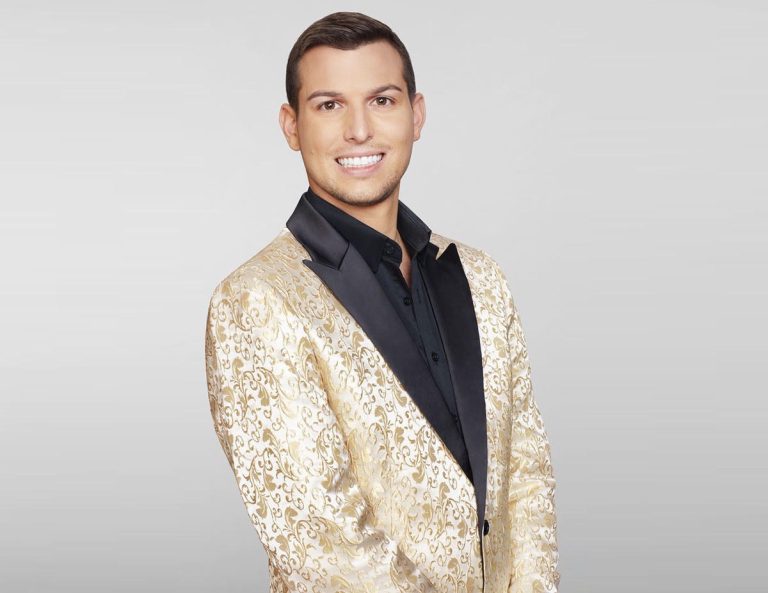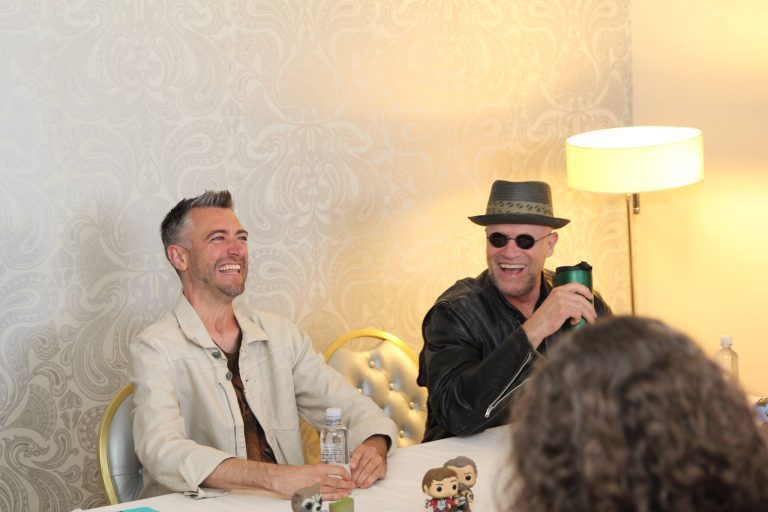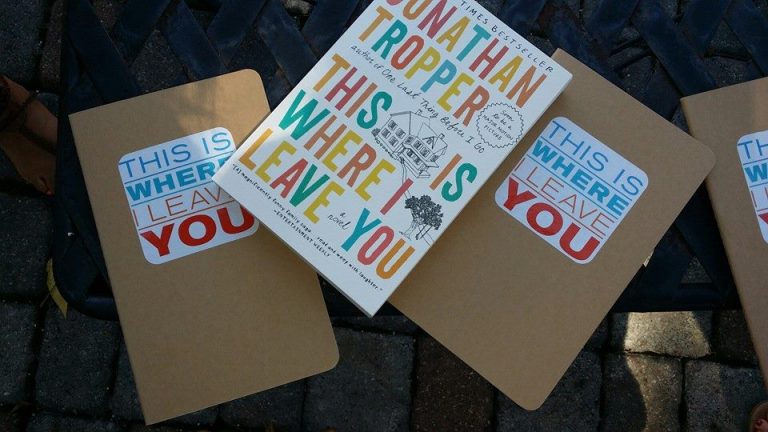Author Interview & Review: The Scoop on Jennifer Trafton

Jennifer Trafton’s latest novel, Henry and the Chalk Dragon, is an imagination wonderland filled with so much excitement! We were very lucky to have the chance to read her novel. Check out what we thought of it here:
Review of Henry and the Chalk Dragon by Jennifer Trafton

Jennifer Trafton’s children’s novel, Henry and the Chalk Dragon, explores what happens when one kid’s imagination runs completely wild. Well, maybe not in the same sort of way that we use it as a phrase. In this book, protagonist Henry’s drawn dragon actually does run completely wild!
Henry draws a dragon in chalk on his door and without any sort of explanation, the dragon runs away. This novel focuses on a lot of adult fears that actually begin to resonate with us when we are kids. That’s why it’s such a great book to read as a family. Henry has to face a lot of fears, both about showing his art to the world and about becoming a knight. It’s a book that can be appreciated by anyone at any age.
As Henry begins his adventure, he learns a lot too. It’s not just about art or dragons, but it’s about friendships and connections. This book hits on all emotions. It’ll make you laugh, worry, and feel completely invested. Every time you come to the end of the chapter, you’ll want to just keep reading more and more until you’ve come to the very end.
Beautifully integrated with drawings, Henry and the Chalk Dragon by Jennifer Trafton is a great read for adults and children alike. It explores the realities of being an artist and is a total adventure of a novel. It’ll encourage, entertain, and stick with you forever after.
Q&A with Jennifer Trafton
We had the opportunity to chat with Jennifer Trafton! We learned all about her novels, why she’s not very disciplined writer, and her opinions on chocolate. Read it all out here:

Can you tell us a bit about yourself and what you do?
I’m a writer of books for children, a creative writing teacher (learn more about my classes here), and a visual artist. Basically, I love words and stories and bright colors and spend way too much time wrapped up in my imagination!
What is Henry and the Chalk Dragon about?
In the town of Squashbuckle, just about anything can happen, and when Henry draws a mighty Chalk Dragon on his door, the dragon does what Henry least expects—it runs away. Now Henry’s art is out in the world for everyone to see, and it’s causing trouble for him and his schoolmates Oscar and Jade. If they don’t stop it, the entire town could be doomed! To vanquish the threat of a rampaging Chalk Dragon, Sir Henry Penwhistle, Knight of La Muncha Elementary School, is going to have to do more than just catch his art—he’s going to have to let his imagination run wild. And that takes bravery.
Why you were inspired to write it?
Henry and the Chalk Dragon began with a character who popped into my head, whole and already named, and demanded that I follow him on his adventure. At the time I was enamored with Man of La Mancha, the musical version of Cervantes’ Don Quixote (remember the song: “To Dream the Impossible Dream”), and I loved the idea that Don Quixote’s crazy vision of himself and his world was as ennobling as it was eccentric— that his mad dreams of being a knight, following a quest, fighting giants (who were really windmills) somehow burrowed down to some deeper truth about life than those who made fun of him could understand. And it made me think of how children play—at least how I played!. Their imaginations transforming a cardboard box into a cave or a pirate ship, a bed into a mountain, a bathtub into an ocean, a homemade costume into a knight’s shiny suit of armor.
Henry was my eight-year-old Don Quixote, and I wanted the world around him to sizzle with magical possibilities. I wanted him to see a different layer of reality to everything— hence all the similes in the book. I also wanted to treat Henry’s imagination, as wild and wacky as it is, with total seriousness, so that his fantasy is the reality. The story goes a little crazy because—well, have you ever listened to a story made up by an imaginative eight-year-old boy?
You have another book too! Can you tell us about The Rise and Fall of Mount Majestic?
Many years ago I took a trip to Scotland and England and during my travels, my imagination was tickled by the sight of some strangely shaped hills that reminded me somehow of buried elbows and knees and stomachs. And I thought, “What if there was a giant underneath the ground and he had been sleeping for so long that the dirt and the grass had covered him up and people were living on top of him never knowing he was there? What if people were accidentally tickling the giant’s feet? What if something made him sneeze?” That was the seed of the story that eventually became this book, The Rise and Fall of Mount Majestic. It’s about an island with a mountain in the middle of it that turns out to be a sleeping giant, and a ten-year old girl named Persimmony Smudge who must keep the giant from waking up. Along the way there are poison-tongued jumping tortoises, walking mangrove trees, a Lyre that tells the truth, a very selfish king, a shrinking worrywart, some big feet, sticky pine needle disguises, pinched noses, poetry, and a lot of pepper.
When did you realize you had a talent and a passion for writing?
I have been making up stories in my head for as long as I can remember. When I was ten years old, two things happened that started me writing in a very deliberate way: I took a creative writing class, and my parents gave me a cloth-bound journal. My love then and for a long time was poetry. From fifth grade through high school I filled that journal (which is still sitting on my shelf) with poems, both silly and saccharine. When I was 18, I began sending poems, stories, and picture book texts to magazines, publishers, and agents. I received a lot of rejections, but through that process I got all my newbie mistakes out of the way and learned about the publishing business, how to write query letters, and what a writing career might entail.
What inspired you to be a writer in the first place?
I’m not sure I can point to one book or author, or even a moment in my life when I suddenly said, “I want to become a writer.” It was something that grew in me naturally. But when I look at the particular shape my sense of humor has taken, and my love of quirky language, surely I owe something to being read Dr. Seuss over and over and over again on my parents’ laps. I grew up in a house overflowing with books. Dr. Seuss and Shel Silverstein were great favorites in my family, but I also vividly remember my dad reading aloud The Hobbit and The Chronicles of Narnia at bedtime and my mom reading The Neverending Story and Swiss Family Robinson. So parents, read to your kids! The love of words and stories that spills into them through the sound of your voice may one day inspire them to be authors themselves.
Can you tell us a bit about your writing process and how you create your novels?
I’m not the most disciplined writer—I wouldn’t hold my “process” up as an example for others. I’m also an extremely slow writer and mull over things for a long time, so holding myself to a daily quota of words has never worked for me. During the early drafts, I try to set myself a weekly goal and deadlines to finish chapters. When I get stuck or scared by the blank computer screen, I get out pen and paper and pretend I’m telling the story to one of the children I know, writing it just as I would say it (including interjections like “You’ll never be believe what happened next!”), until the words start flowing again.
I write in chunks. This is completely different from the way my husband writes (he’s an author and playwright), and we laugh about the opposite ways in which our brain works. When I wrote academic papers, I would have dozens of chunks and quotes and ideas typed out, which I then painstakingly outlined and stitched together into a coherent argument. In fiction, I tend to write whatever pieces of plot or conversation or theme are at the forefront of my imagination at that moment, then slowly fill in the gaps until I have finished chapters. Also unlike my husband, I can’t start typing before I know what I’m going to write—I do a whole lot of imagining, of feeling out a scene or idea in my mind before I ever churn out words. I’m slow, but I’m more concerned about quality than quantity.
A few years ago I discovered an app for writers, Scrivener, that fits my chunk-process precisely, and I always recommend it to people whose brains work non-linearly, like mine!
You believe in a connection between solitude and creativity. Why do you believe in that and how has being an introvert helped you create?
Solitude is the incubator of a writer, or any artist. It forces you to develop a rich interior life. The mastering of an art—and the nurturing of those disciplines of contemplation from which art grows—requires vast amounts of “alone time.” It can be lonely. But here is the paradox: You cannot make art except by being alone, and yet you cannot be an artist in isolation. Along with that wonder born in solitude comes an irrepressible urge to turn to someone else and tell him or her about it. The creative impulse speaks two things. First: Make this. Then: Share this. It forces you to go out into the world again. I’ve written all about this in an essay called “This is for All the Lonely Writers,” if anyone would like to read more of my thoughts!
Which writer/book has inspired you the most and why?
How can I pick just one book?! If you ask me tomorrow, or the next day, I’ll give you completely different answers, but let me choose one that has echoes in Henry and the Chalk Dragon: Lewis Carroll’s Alice in Wonderland and Through the Looking-Glass (okay I cheated—that’s two, but they’re a pair). “Jabberwocky” is one of my favorite poems in the English language. I love Carroll’s reckless, joyful dancing with words and his willingness to thumb his nose at a world that insists, This is how life is, and to push the boundaries of reality. Like Don Quixote, his madness has the ring of truth, and I can’t seem to shake myself free of mock turtles and vorpal swords, cabbages and kings. I hope I never will.
What has been the biggest struggle for you as a writer and creator?
FEAR. No question. This is the biggest struggle for me and for most other creative people I know. Fear of failing. Fear of what other people think of you and your work. Fear of falling short of expectations—your own or other people’s. Fear of never being published again. Fear of wasting your life on something frivolous. Fear of not being able to make enough money and being destitute when you’re 70. Every day I write or create is a battle against my fear.
Is there a fun fact about yourself that might surprise our readers if you were to share it with them?
I’ve decided, after a lifetime of research, that moist, rich brownies (especially with bits of molten chocolate chips inside) are the best delivery system for chocolate. Amongst the non-chocolatey foods, my favorite is spaghetti and meatballs.
What advice would you give to struggling writers out there who are trying to accomplish their dreams?
A young woman in college asked me recently what she should do after she graduates in order to become a writer, whether a creative writing graduate program or something else. And I said, go join the Peace Corps. Or volunteer. Or take a job working with people outside of your comfort zone for a while. Or travel. And most importantly, read and read and read and read. Too many people want to be writers without really having anything valuable to write about. The goal is not just to be able to communicate well but to have something worth communicating. You get that by reading and by living in the world.
What do you want kids to learn most from your novels?
I’m not writing to “teach” kids anything, but I do hope that my stories evoke the question, “What if there is more to the world than what I see on the surface?” As J.R.R. Tolkien said… The reason for reading about enchanted forests is that it makes us see all forests as a bit enchanted. It makes us more open to a world where the marvelous and the miraculous are possible, where if we don’t walk through life with our eyes wide open we will miss all of the wonder.
Where do you see yourself going from here?
One of my earliest dreams was to write and illustrate picture books and that’s what I’m working on next! I’ve been making art for a long time and making stories for a long time. I’m looking forward to finally bringing those two loves together. I’ve also got a few other novels in progress. (Slow but steady!)
Do you have any final words of wisdom that you would like to share with our readers?
Get off the internet and read a good book! (Ahem, I’m preaching to myself as well.)
To learn more about Jennifer Trafton, check out her website and follow her on Twitter, Facebook, and Instagram.



